Please welcome guest contributor David Rush...
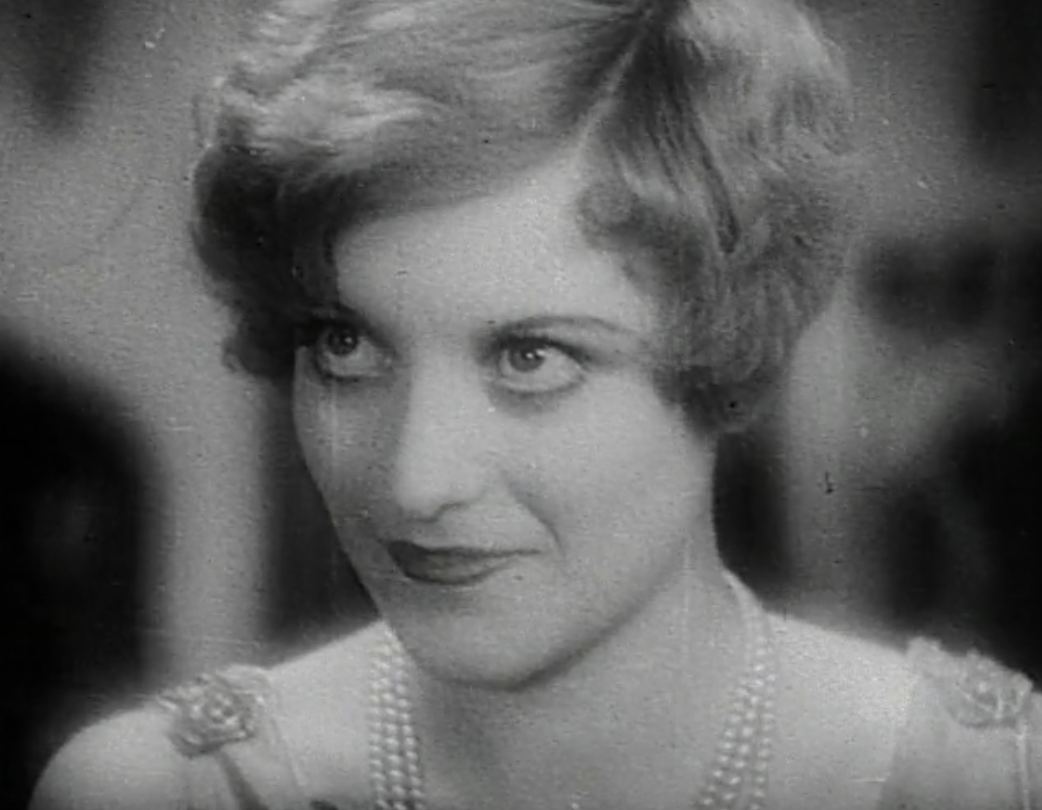 Our Dancing Daughters
Our Dancing Daughters
If an actress is to remain a star for six decades, she must expect some fluctuations in her career trajectory. This was most certainly the case for Joan Crawford, whose cinematic legacy – rather overshadowed in the years after her death for reasons we are all more than aware of – is currently showcased on The Criterion Channel.
The first two decades of Crawford’s stardom saw her go from strength to strength: her breakthrough role opposite Lon Chaney in The Unknown (1927); a series of flapper delights in Our Dancing Daughters (1928), Our Modern Maidens (1929) and Our Blushing Brides (1930); a key supporting role in Best Picture winner Grand Hotel (1932); her numerous popular collaborations with Clark Gable; and most importantly, the rags-to-riches vehicles that held particular appeal for aspirant young women during the Great Depression...
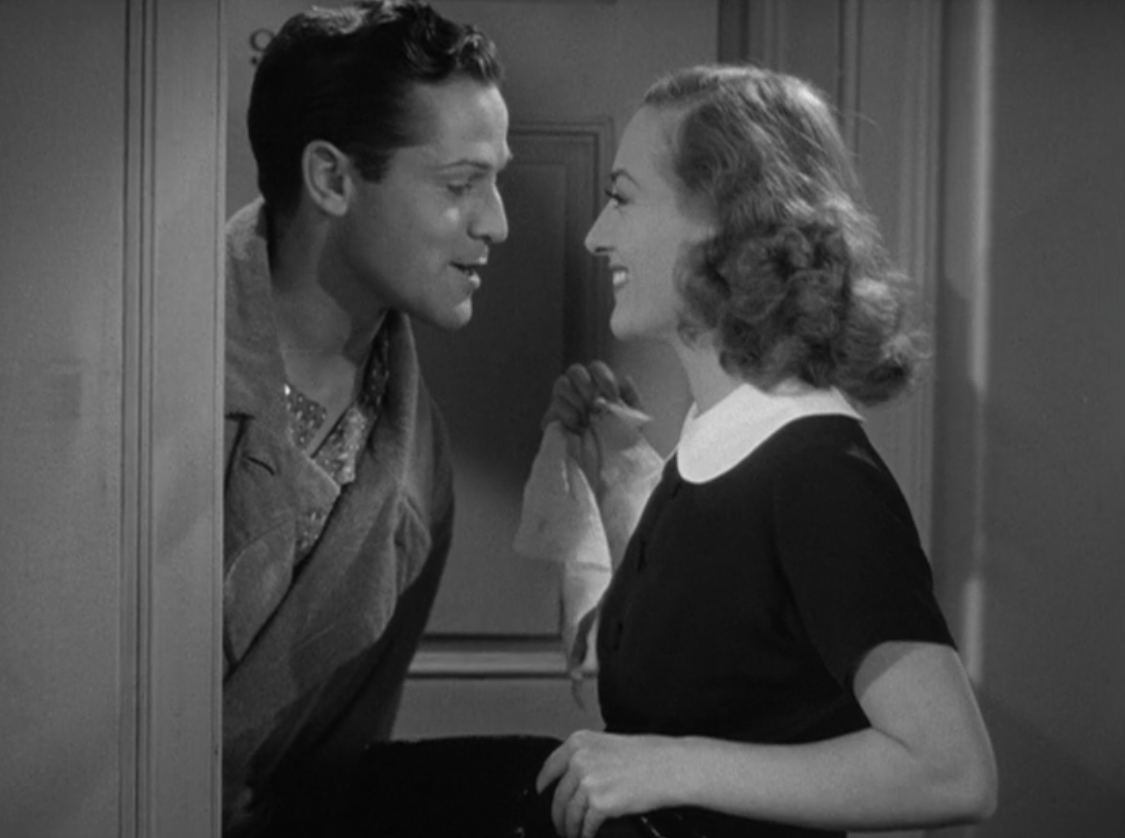 Mannequin
Mannequin
However, her star slightly dimmed with the failure of The Bride Wore Red (1937) and Mannequin (1938), which led Harry Brandt, president of the Independent Theatre Owners Association of America, to proclaim Crawford and a number of other actors – including Fred Astaire, John Barrymore, Dolores del Río and Katharine Hepburn – “box office poison”.
However, Crawford was nothing if not professionally astute. As a young starlet in the 1920s, dissatisfied with the meagre roles offered to her by MGM, she had proved herself a perceptive self-promoter, attending dances around Hollywood and taking part in dance contests at various venues, where she often won prizes and consequently raised her profile. With her stardom in danger of potentially losing its lustre, Crawford reinvented herself, and not for the last time.
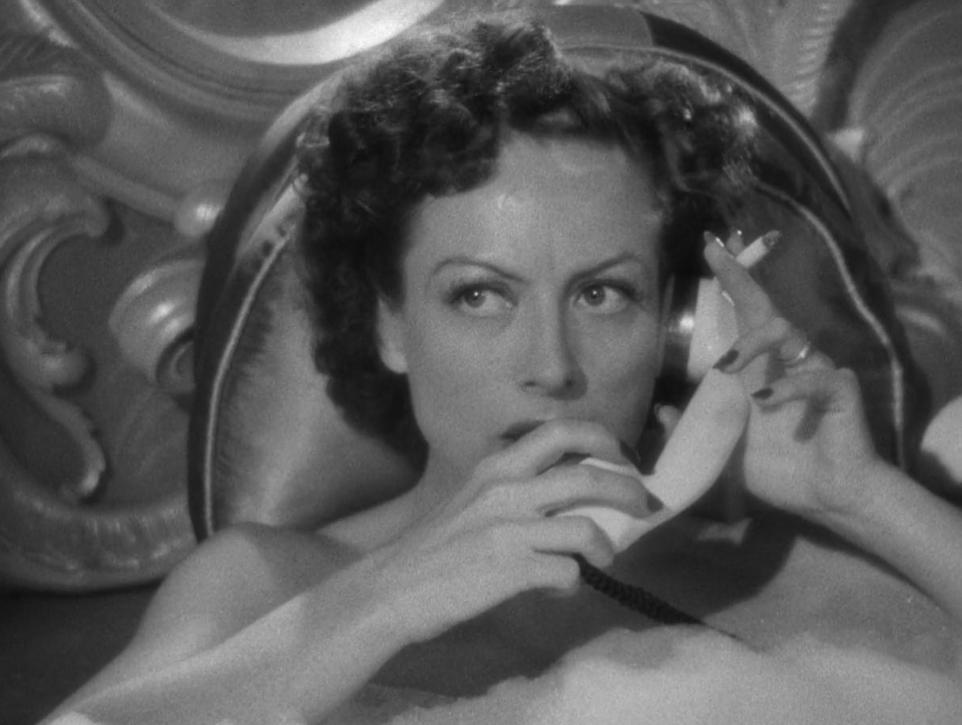 The WomenIn response to her waning box-office fortunes, she did the unexpected, taking the role of Crystal Allen – and playing decidedly against type – in George Cukor’s adaptation of Clare Boothe Luce’s The Women (1939). The film is a showcase for the exclusively female ensemble cast, all of whom appear to be having the time of their lives (and no wonder) delivering Anita Loos and Jane Murfan’s brilliant dialogue which is at turns witty, venomous, cruel and unexpectedly poignant. Crystal is undoubtedly the villain of the piece. She's out to break up the marriage of Stephen Haines and the noble Mary played by Crawford’s MGM rival, Norma Shearer (in the film’s most difficult role, required to be eternally good amidst a nest of vipers.)
The WomenIn response to her waning box-office fortunes, she did the unexpected, taking the role of Crystal Allen – and playing decidedly against type – in George Cukor’s adaptation of Clare Boothe Luce’s The Women (1939). The film is a showcase for the exclusively female ensemble cast, all of whom appear to be having the time of their lives (and no wonder) delivering Anita Loos and Jane Murfan’s brilliant dialogue which is at turns witty, venomous, cruel and unexpectedly poignant. Crystal is undoubtedly the villain of the piece. She's out to break up the marriage of Stephen Haines and the noble Mary played by Crawford’s MGM rival, Norma Shearer (in the film’s most difficult role, required to be eternally good amidst a nest of vipers.)
Crawford is not alone in defying audience expectations, with Rosalind Russell also mixing up her good-girl image as the malicious Sylvia Fowler: or, as Crystal dubs her, “Mrs. Prowler”. Some of the best scenes in the film are those in which Crystal and Sylvia interact, with Sylvia proving herself Mary’s ultimate frenemy, enthusiastically exacerbating gossip about her husband’s affair with Crystal. Crawford is the ultimate bitch, exhibiting an onscreen cattiness exceeded only by her performance as the downright evil Eva Phillips in Queen Bee (1955). Despite the risky change of pace she must have had fun as Crystal, especially given her oft-quoted maxim: “I love playing bitches. There's a lot of bitch in every woman––a lot in every man.”
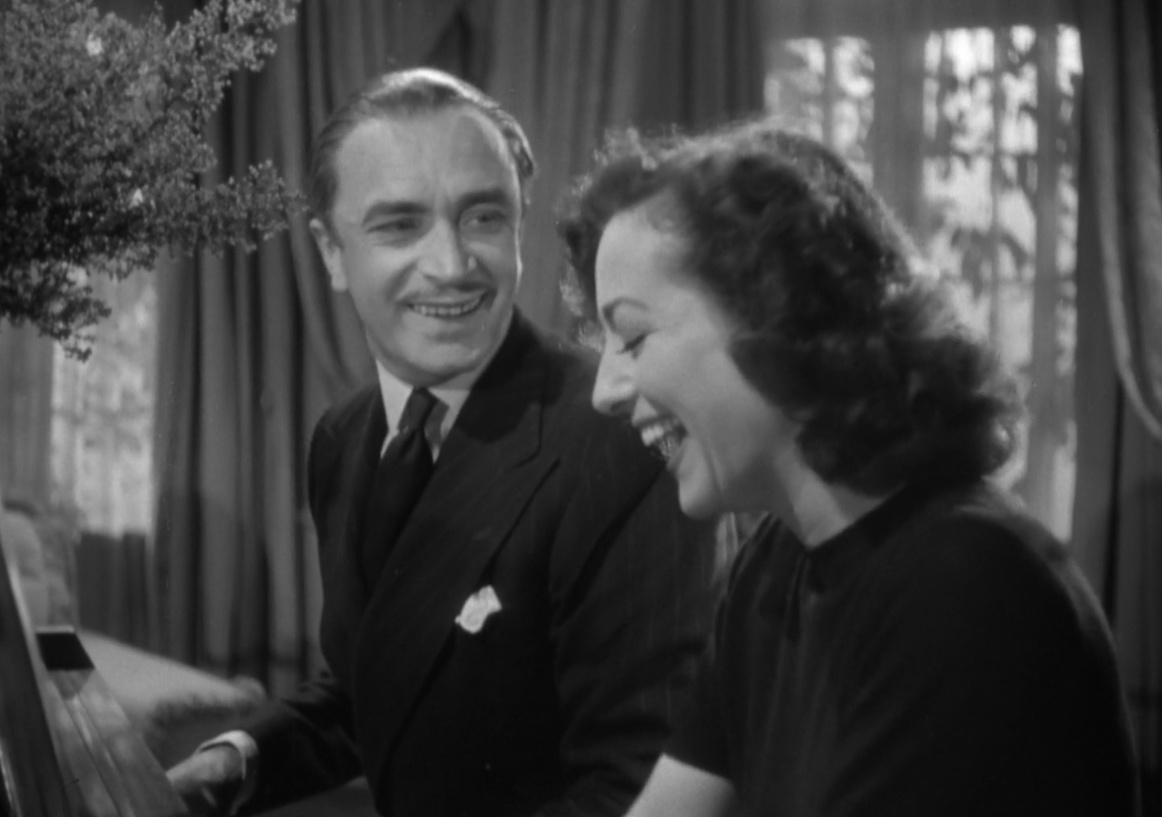 A Woman's Face
A Woman's Face
Despite the success of The Women and the positive notices she received, Crawford was on her way out at MGM, the studio that helped make her a star. Although a brief glimmer of hope appeared in the excellently reviewed A Woman’s Face (1941), for which she should have received an Oscar nomination, the scripts she was being offered were of diminishing quality.
This does not mean, though, that these later MGM films are not worth watching. Indeed, unexpected pleasure can be found in Above Suspicion (1943), which pairs Crawford and Fred MacMurray as newlyweds. This unusual coupling on paper proves delightful on screen. Both stars spark off one another as they travel to the Continent on their honeymoon, unlikely recruits of the British Secret Service, tasked with finding a scientist who could hold the key to defeating the Nazis. It is also notable as the final film of Conrad Veidt, who appears as a slyly enigmatic count, an intriguing foil for Crawford and MacMurray.
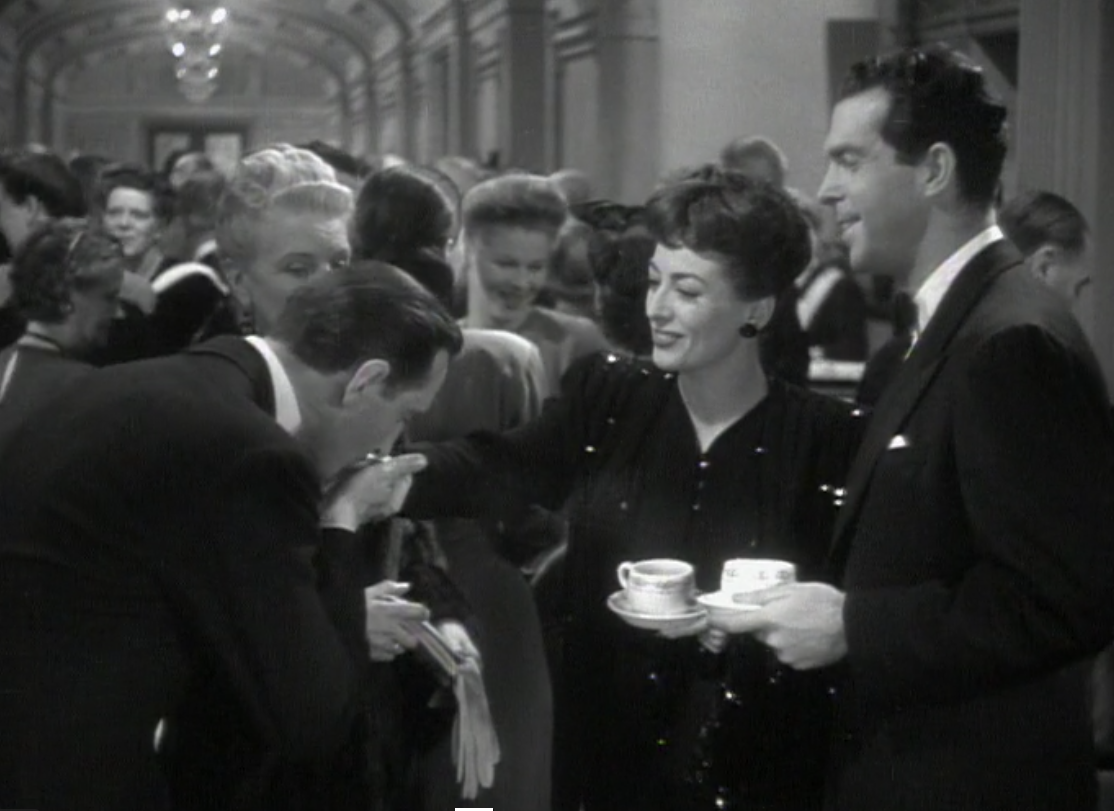 Above Suspicion
Above Suspicion
Above Suspicion was Crawford’s final film with MGM, which opted to buy out her contract. Rather than signalling a winding down of her career, this severing of old ties had the opposite effect. Crawford almost immediately signed a contract with Warner Bros. It took over a year for a suitable project to be found, but when one was finally chosen, the resultant film, Mildred Pierce (1945), became one of the most celebrated film noirs of all time.
Nevertheless, the filmmaking process was not an easy one. Michael Curtiz, crowned Best Director three years earlier for Casablanca (1942), did not want Crawford for the part, lobbying for Barbara Stanwyck to play the title role. In a move then unheard of for a major star, she agreed to record a screen test. After Curtiz saw the test, he agreed to Crawford’s casting. While she enjoyed numerous successes after Mildred Pierce, the film proved to be the pinnacle of Crawford’s career, and aside from perhaps What Ever Happened to Baby Jane (1962) the one for which she's best remembered. She won the Oscar for Best Actress.
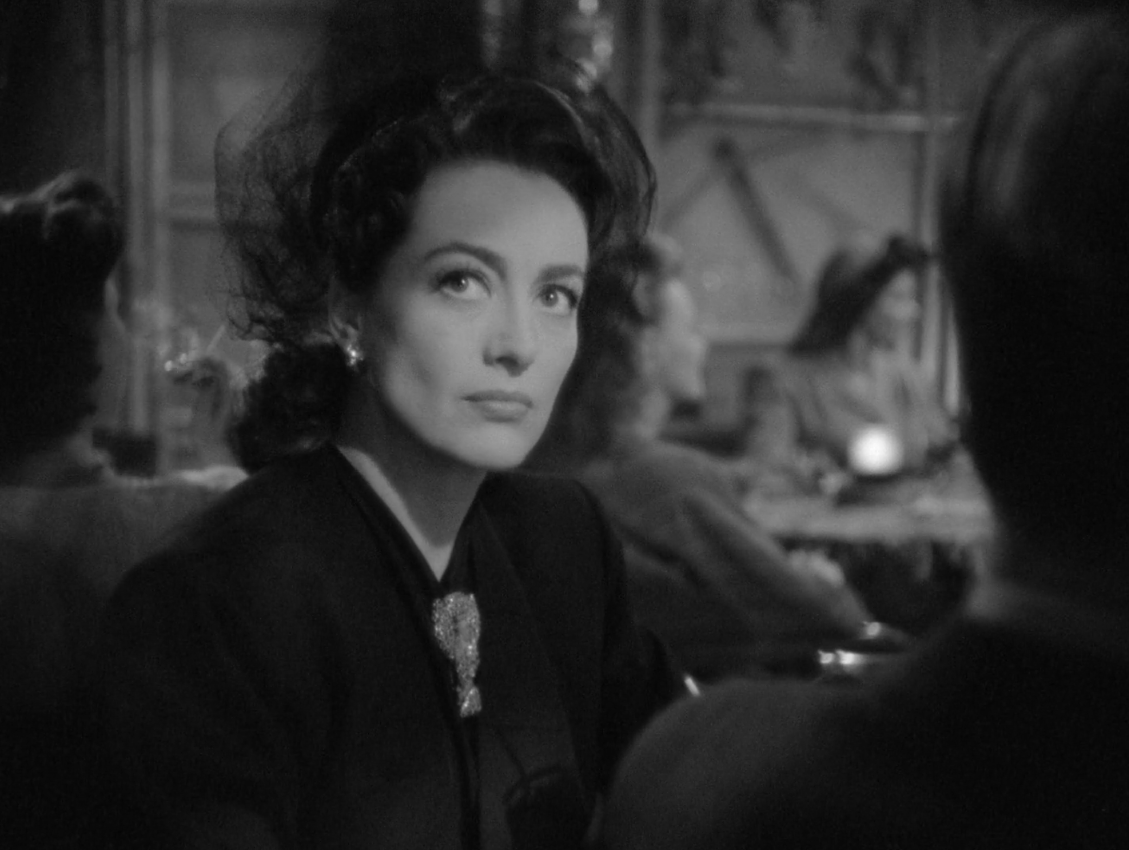 Mildred Pierce
Mildred Pierce
The fact that this was only her first nomination after two decades of stardom is quite staggering. Though perhaps the reason for this is that the glamour associated with her earlier roles prevented some critics from seeing the talent beneath the fashionable façade. Mildred Pierce represented a new level of maturity for Crawford, both in age – a number of actresses who were offered the role reportedly balked at the idea of playing the mother of a teenager – and in performance. Crawford fully inhabits the role of Mildred. We see indelible pain in Mildred’s eyes as she loses her youngest child; the hope she fosters for her eldest, Veda, devoting all her energy into giving the girl anything she wants. Then the final, devastating realisation that Veda is beyond help, rotten, despite Mildred’s great effort.
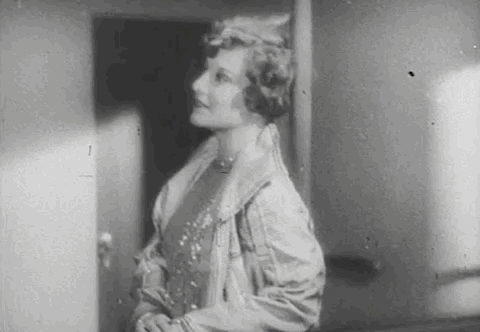
The collection offered by Criterion allows viewers the opportunity to witness the various metamorphoses of Crawford – and there were many – from flapper to glamour queen, from shop girl to woman on the edge, and from naïve young ingénue to strong, mature woman. Whichever incarnation of Crawford is your favourite, there is something here for everyone.